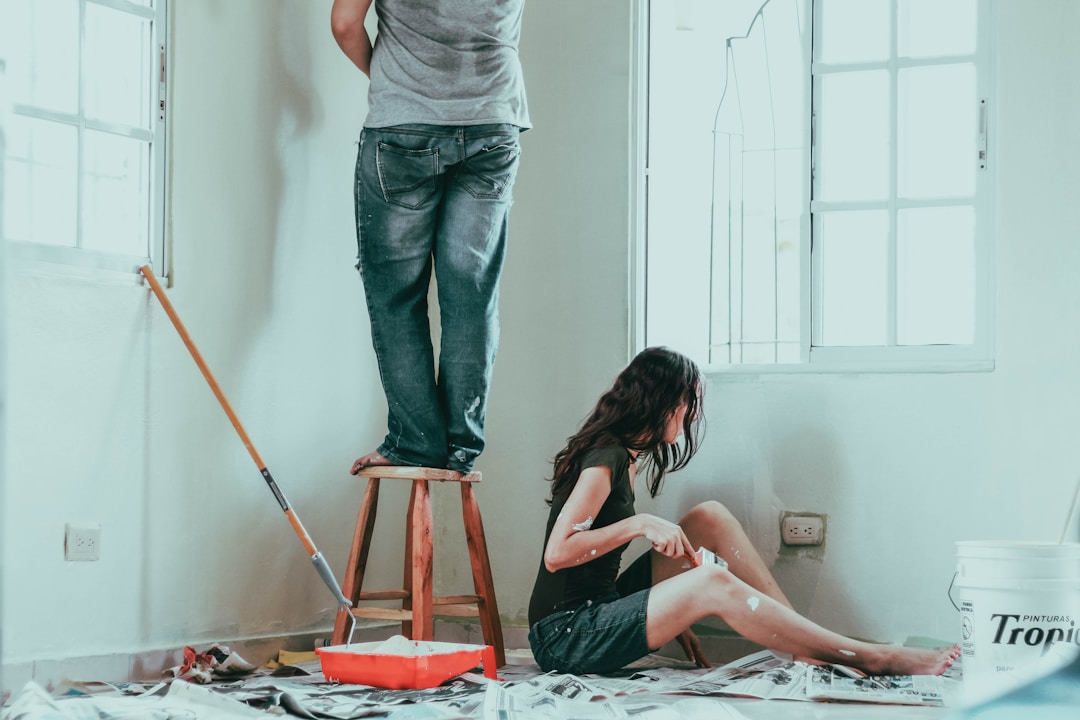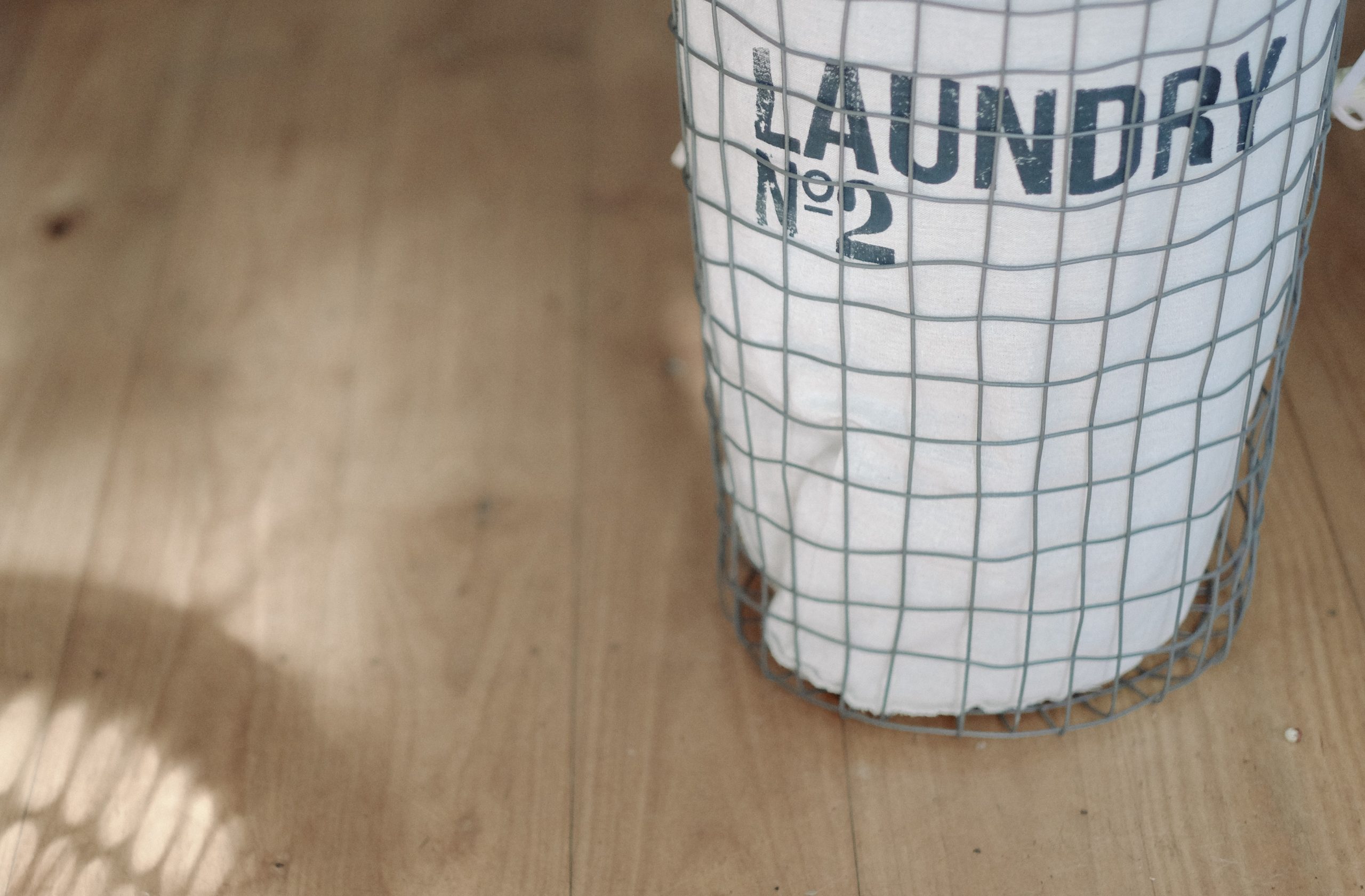As a homeowner, there are many routine tasks to ensure the safety and comfort of your family. Although your HVAC system and ventilation need to be in perfect working order for the hot summer months, there are many reasons for maintenance year-round. One crucial element is your home’s air quality, which ensures you and your family have the cleanest, most breathable oxygen. Here, we will look at the most important reasons why it’s a good idea to clean your indoor air, as well as how to keep it clean throughout the year.
Possible Contaminants in the Air

Your indoor air quality has a tremendous effect on your family’s health, as many pollutants and contaminants are airborne and invisible to the naked eye. Through the ventilation system’s ductwork, your air conditioner pumps natural air containing any number of common items known to cause allergy symptoms.
For example, fungi microorganisms, germs, mold spores, pet dander, dust, and mildew all work their way into your family’s indoor air. While these may seem like a minor problem at first, keep in mind that, over time, each one of these factors can build up and clog the HVAC unit completely. Eventually, you’ll end up getting less air from the air conditioner unit, causing unnecessary wear and tear, as well as running up your monthly energy bill.
While changing out your air filters is a crucial practice (HVAC experts recommend this approximately every 1-3 months), there are other strategies to prevent the damage that dirty indoor air can have on the long-term health of you and your family. Recent studies have indicated that UV lamps clean indoor air, and HVAC technicians are now able to install systems to provide the needed ultraviolet light needed for just that purpose.
As the wavelength of UV light is known to kill bacteria, mold spores, and other microorganisms hazardous to breathable indoor air, Modern HVAC units can have additional ultraviolet light sources attached in order to shine through the ductwork, working as an air purifier using “germicidal irradiation.” For the latest technology in home indoor air quality, this method is truly state-of-the-art.
Additional Indoor Air Quality Tips

Although most threats to your home’s indoor air quality are of natural origin, there are other small foreign substances that can accumulate and affect your family’s health and wellbeing. For example, if you’ve recently had your home painted or have had your car detailed in the garage, the infinitesimal particles can become airborne. This is called “paint overspray,” and can be a major contributor to indoor air pollution once the paint residue enters your home’s ventilation system.
Aside from paint itself, overspray is also a common byproduct of lacquer, and should always be properly removed for the safety and health of those inside the home. The process to remove overspray isn’t a particularly difficult one but is important for your air quality. Buffing the surface area of the recently painted object can be successful in paint overspray removal, as well as wet sanding. However, to guarantee that the overspray problem is addressed properly, the services of a professional consultant should be retained.
In monitoring your home’s indoor air quality, there are a few other inexpensive tips to keep in mind. Aside from the mold, dust, pet dander, and other allergens that a clean HVAC system and thorough ventilation cleaning can eliminate, there are other factors that depend solely on the weather and season. For example, depending upon where you live, humidity may reach a high level, causing a large amount of water to saturate your indoor air. As this can actually be a very serious health factor to family members with breathing issues, such as asthma, either a whole-house humidifier or dehumidifier are both cost-efficient options.

